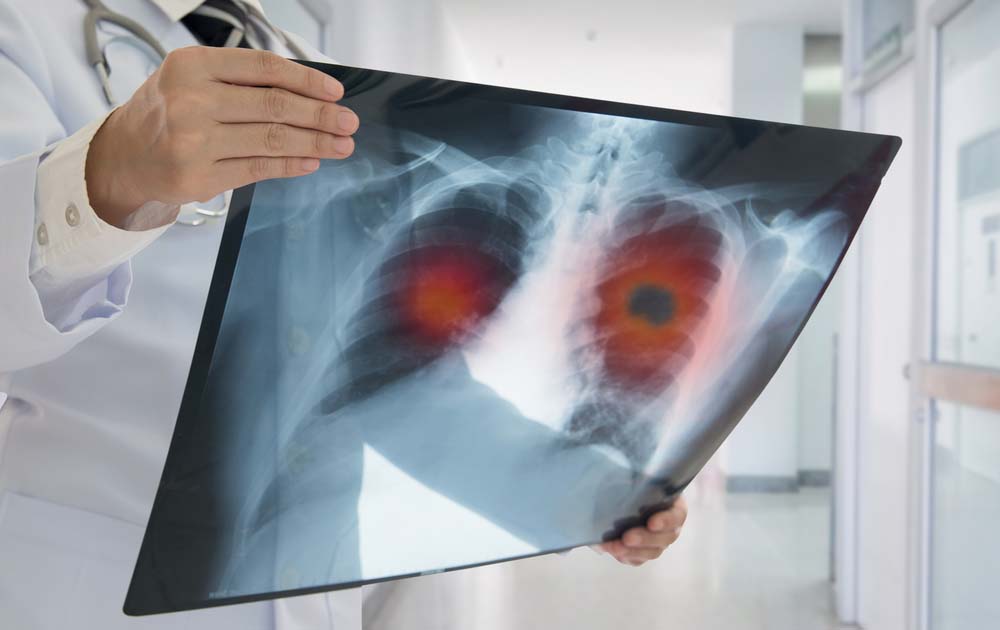Diagnosis and treatment of Lung Cancer

There are three keys to diagnosis. They are detecting the primary lesion, tissue diagnosis, and staging. Diagnosis of lung cancer rests on examination of a tissue or cytology specimen. Sputum cytology is highly specific but insensitive. CT-guided biopsy of peripheral nodules approaches 80–90% of diagnostic certainty. Thoracentesis can be used to establish a diagnosis of lung cancer in patients with malignant pleural effusions. Fine-needle aspiration (FNA) of palpable supraclavicular or cervical lymph nodes is frequently diagnostic, too.
Careful investigation is required to determine which tumors are operable and will benefit from a major thoracic resection. The TNM staging system gives prognostic information on the natural history of the disease. Tumors graded up to T2, N1, M0 can be encompassed within an anatomical surgical resection and have a much-improved prognosis when treated surgically so the tumor must be staged accurately before the resection. In patients with incurable disease, treatment is palliative to maximize quality of life and disease-free survival. Nd Yag laser passed via a Fiberoptic bronchoscope can be used to vaporize inoperable fungating intraluminal carcinoma.
Carcinoma of the bronchus generally has a low survival rate after diagnosis. Important factors in determining prognosis are the histological type of the tumor, the spread and the general condition of the patient. Early detection and surgical resection offer the best hope for cure.

